Build your own Steam Machine
Budget Steam Machine
Powerful components for less
Motherboard
Mini-ITX H87 - £90 / $110
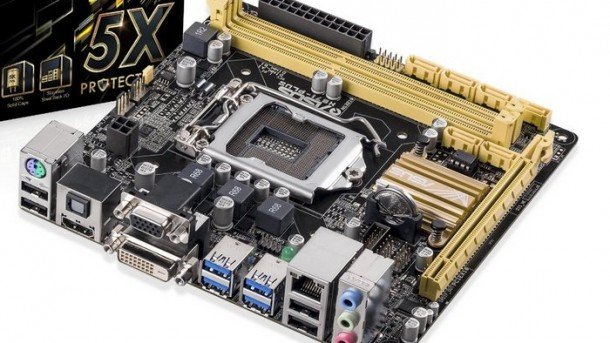
Mini-ITX motherboards tend to come with a bit of a premium because of their size, but where you can save some cash is in the chipset. Like the Valve Steam Machine prototype, I'm not looking to overclock this system so we don't need the top Haswell Z87 chipset.
You can then pick up mini-ITX H87 motherboards for less than £100. They've got pretty much all the functionality of their Z87 cousins, but don't allow for any CPU overclocking.
With Valve's confirmation though that they will be supporting AMD components, despite what's going into their own prototype, you could save a lot of money going for an AMD CPU/mobo combo. Sadly though they don't make mini-ITX boards for their FX range of CPUs, only for their APUs and I would really struggle to recommend those for a proper gaming rig.
CPU
Core i5-4570 - £150 / $190
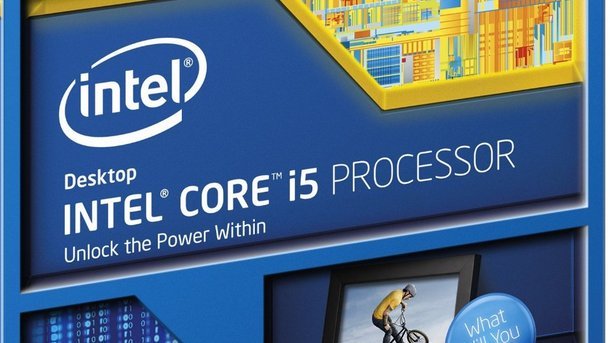
No overclocking means no expensive K-series CPUs for you. Valve are sending out some of the 300 prototype units with the Core i5-4570, and that's the chip I'm recommending for this build. That £150 Haswell quad-core is running at 3.2GHz across it's four threads, with a possible 3.6GHz turbo too. All told you're going to be spending some £50-odd more on this Intel CPU/mobo setup compared with an AMD APU/mobo combo, but it will be worth it in the long run.
The biggest gaming news, reviews and hardware deals
Keep up to date with the most important stories and the best deals, as picked by the PC Gamer team.
CPU cooler
The Gelid SlimHero, again - £25 / $34
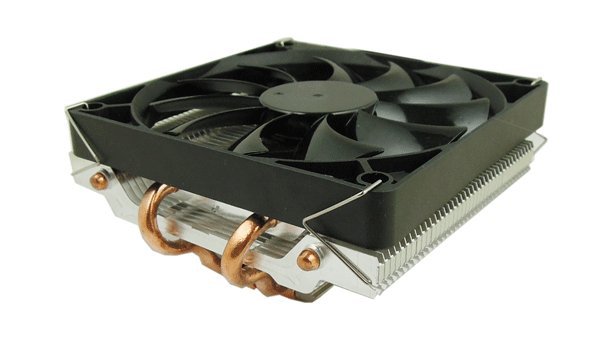
At £25 it's pretty tough to look past the Gelid SlimHero for this build too. It may only just be able to cope with a proper overclocked CPU, but for a reference-clocked processor it's an absolute beauty.
Memory
Crucial Ballistix Tactical LP DDR3, 8GB - £70 / $80
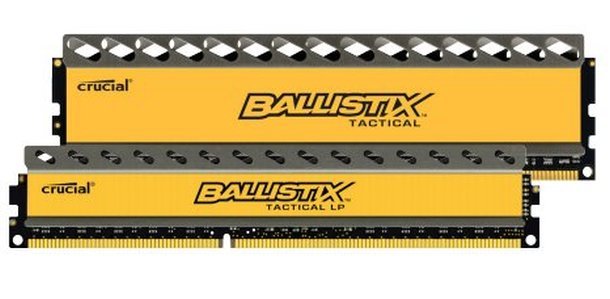
If it aint broke, why fix it? For a more price-focused build you don't need to go so crazy with the memory options. There's really little point in a small gaming rig having 16GB of RAM, you can more than get by with 8GB. Luckily the Ballistix Tactical also comes in 8GB kits too at a pretty competitive price.
Graphics card
GTX 650 Ti Boost - £111 / $150
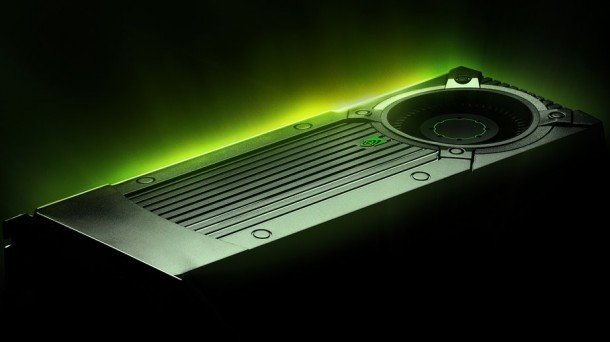
Now, this is the really important decision for this more budget-oriented build; what graphics card do you choose? This is a gaming machine first and foremost, so we need something that's really going to deliver the goods without shredding our wallets.
But let's have a think about what we're building here. This is our Steam Machine, a device designed to go plug into your TV so you can sit your butt on the couch and play PC games. And that means, right now, we're aiming to game at a maximum of 1920 x 1080. Most modern graphics cards are going to deliver a pretty darned good gaming experience at that resolution.
AMD's latest releases have been pretty aggressive on pricing and now that things have settled down a little post-launch there's not so great a disparity between the reference-clocked AMD R9-280X and the older (though practically identical) HD 7970. HIS has a £246 version available that will put a GTX 680 to shame.
That's still a lot of money for a budget build, but Nvidia have a card that will still deliver more than playable frame rates at 1080p for just £111: the GTX 650 Ti Boost. I was playing the Battlefield 4 beta on Ultra settings, with 4X anti-aliasing, at 35FPS and barely ever dipped below 20FPS. It's essentially a GTX 660 but shy of a few CUDA cores and it's a great card for the money.
Storage
Samsung 840 EVO SSD, 250GB - £140 / $240
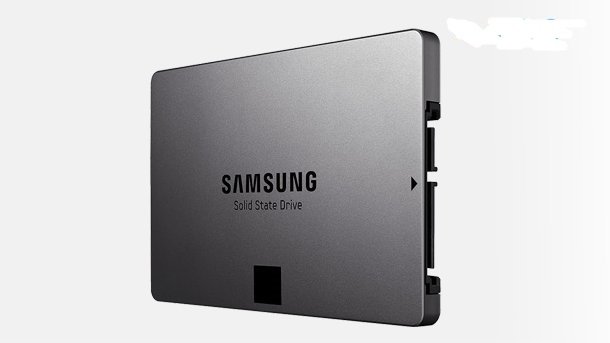
So, what's a budget gamer to do here? Well, that really depends on how much cash you've got left after you've picked up all the rest of the bits. I'm always going to say, if you can afford it, go for an SSD as your boot drive. But there's little point picking anything up below 120GB, and because you're limited on space ideally you don't want too many drives clogging things up. So a small boot drive and large hard drive for data is going to be a bit of a hog.
For £140 you can get a 250GB Samsung 840 EVO, and that will be a great little drive, offering great performance with enough space for a decent Steam library. And I'd guess that SteamOS isn't going to be as bloated as Windows, so you wont have to sacrifice half an SSD to the gods of the OS.
Chassis
Cooler Master Elite 120 Advanced - £40 / $50
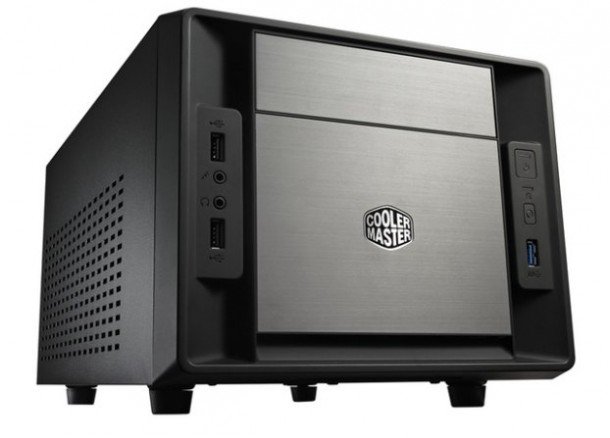
While you're looking at around £160 for the EVGA Hadron Air you can pick up decent mini-ITX chassis for a lot less. You can get the Cooler Master Elite 120 Advanced for around £40, and the quite beautiful Bitfenix Prodigy for around £70. Both will take mini-ITX boards, but are capable of housing full size components for the rest of the build.
Bitfenix has an edge, even over the Hadron, if you want to spend a bit extra. You can use a closed-loop liquid-chiller for the CPU cooling. It's the largest of the three chassis, but is by no means some sort of monster case. It's worth considering the extra cost of buying a reliable PSU though. The EVGA case comes with its own 500W power supply, the other two I've mentioned here need you to bring your own standard size PSU to the party.
Power Supply
GX Lite 500W PSU - £41 / $50
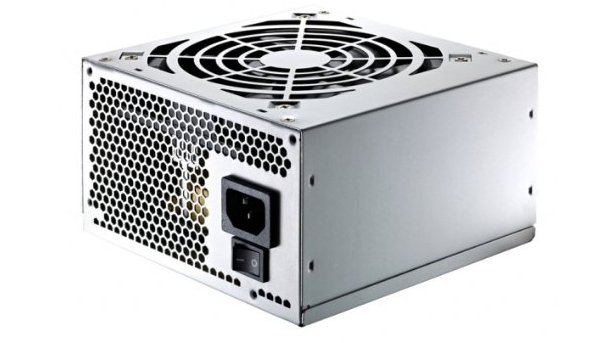
This is something you wont have to worry about if you choose the EVGA Hadron Air chassis as it already comes with a 500W PSU installed in its base. But if you go for either the Bitfenix Prodigy or the cheaper Cooler Master Elite 120 Advanced then you're going to need to pick up a separate power supply.
Thankfully Cooler Master are pretty good at making reliable PSUs as well as robust chassis. I recommend the £41 GX Lite 500W PSU for the PCGamer Rig and that's still a good choice for these small form factor machines as they'll both take ATX spec supplies.
Total price: £667 / $904
There it is. Still not cheap exactly - you'll always have to pay a bit extra for that small form-factor - but the expense is offset by the Steam Machine's upgradeablity, and you could shave a significant sum from the final price by opting for conventional storage and cheaper RAM. It'll be interesting to see how the prices of next year's Valve-affiliated Steam machines matches the price points we've arrived at here, but if the concept of the living room PC takes off we can also expect to see competition in the mini-component market that'll produce cheaper alternatives to some of the components above.
There's also the promise of living room streaming from ordinary Windows gaming PCs. When Valve reveal their streaming solution, we'll test it out and take a look at what you'll need to build your own streaming device.
For more on Valve's new living room push, we've gone back through years of Valve interviews and announcements to explore Valve's master pla n for Steam OS, Steam machines and the Steam controller.

Dave has been gaming since the days of Zaxxon and Lady Bug on the Colecovision, and code books for the Commodore Vic 20 (Death Race 2000!). He built his first gaming PC at the tender age of 16, and finally finished bug-fixing the Cyrix-based system around a year later. When he dropped it out of the window. He first started writing for Official PlayStation Magazine and Xbox World many decades ago, then moved onto PC Format full-time, then PC Gamer, TechRadar, and T3 among others. Now he's back, writing about the nightmarish graphics card market, CPUs with more cores than sense, gaming laptops hotter than the sun, and SSDs more capacious than a Cybertruck.

